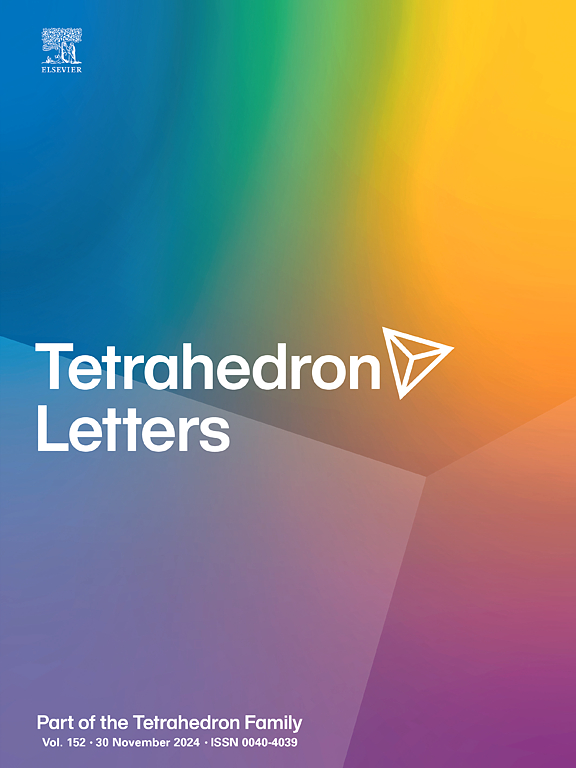生物素化硅酞菁链亲和素结合化学计量学:轴向配体的影响
IF 1.5
4区 化学
Q3 CHEMISTRY, ORGANIC
引用次数: 0
摘要
生物素化硅酞菁(SiPcs)代表了通过高亲和力生物素-蛋白相互作用参与链霉亲和素的靶向分子系统的有希望的平台。在本研究中,合成了两个SiPc衍生物,生物素通过不同的轴向配体附加。虽然两种化合物在二甲亚砜中表现出相似的光学性质,但它们与链霉亲和素的结合行为明显不同。利用4′-羟基偶氮苯-2-羧酸进行的竞争性置换实验表明,化合物1在每个链霉亲和素四聚体中占据了大约3.5个结合口袋,而化合物2即使在高浓度下也显示出可以忽略的置换。SDS-PAGE分析证实,链霉亲和素四聚体在化合物1存在下保持完整,排除了四聚体解离是亚化学计量结合的原因。这些发现表明,生物素部分的空间位阻或有限的空间可及性,可能与水介质中的聚集相结合,严重影响了功能结合。该研究表明,轴向配体的结构影响生物素在SiPc支架上的有效呈现,并为超分子探针和响应生物靶标的光功能系统的设计提供了信息。本文章由计算机程序翻译,如有差异,请以英文原文为准。
Streptavidin binding stoichiometry of biotinylated silicon phthalocyanines: impact of axial ligands
Biotinylated silicon phthalocyanines (SiPcs) represent promising platforms for targeted molecular systems that engage streptavidin through high-affinity biotin–protein interactions. In this study, two SiPc derivatives were synthesized with biotin appended via distinct axial ligands. Although both compounds exhibited similar optical properties in dimethyl sulfoxide, their binding behavior with streptavidin differed markedly. A competitive displacement assay using 4′-hydroxyazobenzene-2-carboxylic acid revealed that compound 1 occupied approximately 3.5 binding pockets per streptavidin tetramer, whereas compound 2 showed negligible displacement even at high concentrations. SDS-PAGE analysis confirmed that the streptavidin tetramer remained intact in the presence of compound 1, ruling out tetramer dissociation as a cause of sub-stoichiometric binding. These findings indicate that steric hindrance or limited spatial accessibility of the biotin moiety, possibly compounded by aggregation in aqueous media, critically impacts functional binding. This study demonstrates that the architecture of axial ligands affects the effective presentation of biotin on SiPc scaffolds and informs the design of supramolecular probes and photofunctional systems responsive to biological targets.
求助全文
通过发布文献求助,成功后即可免费获取论文全文。
去求助
来源期刊

Tetrahedron Letters
化学-有机化学
CiteScore
3.50
自引率
5.60%
发文量
521
审稿时长
28 days
期刊介绍:
Tetrahedron Letters provides maximum dissemination of outstanding developments in organic chemistry. The journal is published weekly and covers developments in techniques, structures, methods and conclusions in experimental and theoretical organic chemistry. Rapid publication of timely and significant research results enables researchers from all over the world to transmit quickly their new contributions to large, international audiences.
 求助内容:
求助内容: 应助结果提醒方式:
应助结果提醒方式:


